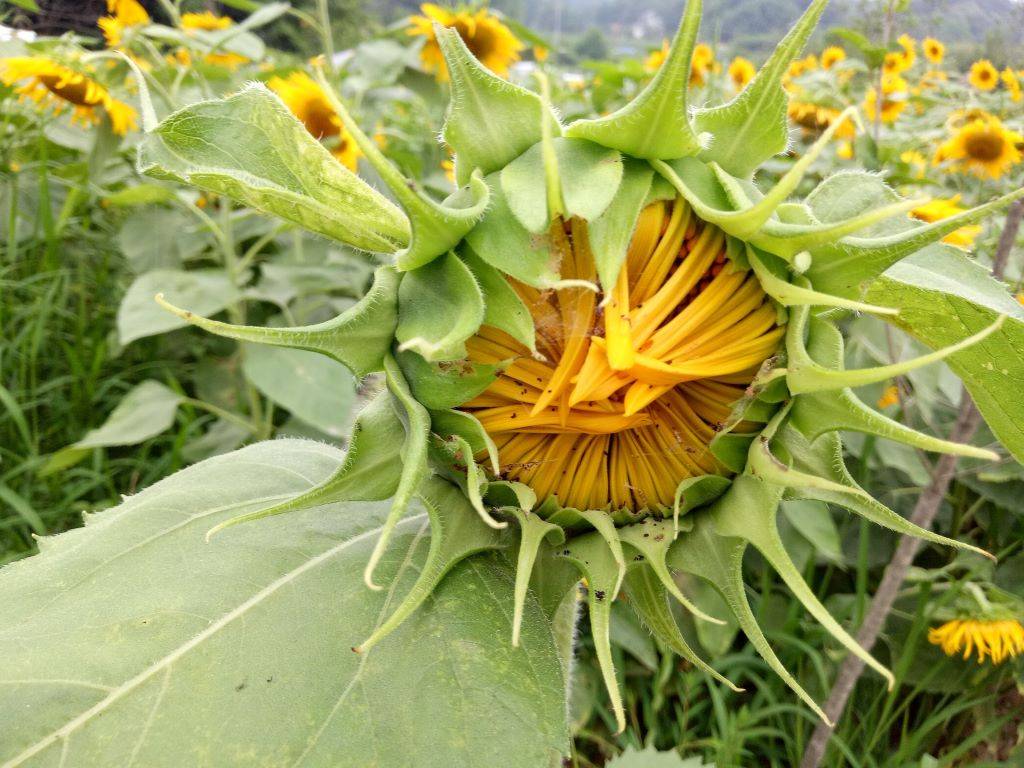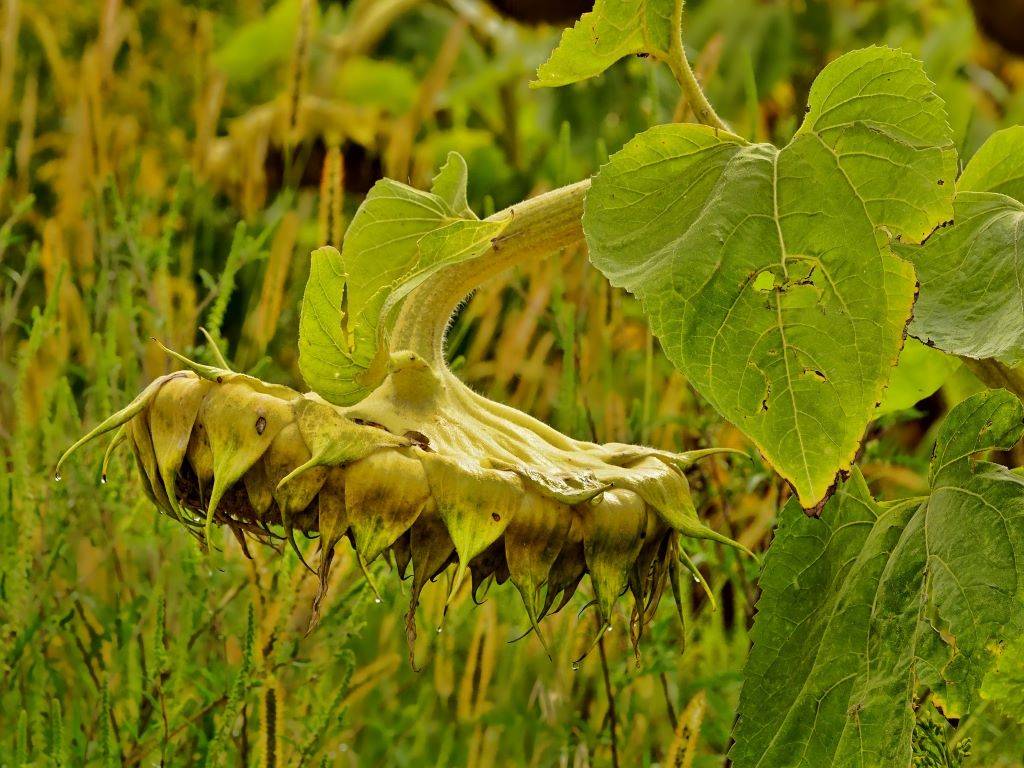
“Like a Sunflower that follows every movement of the sun..”
You may have heard these lines in prayer poetry often recited in schools. The sunflower has this typical characteristic of turning its head in the direction of the sun.
The name of the sunflower is also Helianthus. “Helios” means “sun” and “Anthus” means “flower.” Sunflower is a vital oilseed crop of India. Sunflower seeds contain around 48-53% edible oil.
Sunflower cultivation areas in India
Sunflower is widely cultivated in Karnataka, Andhra Pradesh, Orissa, Maharashtra, Tamil Nadu, and Bihar. Sunflower is also grown as Zaid season crop in many parts of India.
Soil required for sunflower cultivation
Sunflower grows happily in sandy loam soils and also black soils. The soils should be well-drained and fertile. The crop can also withstand slightly alkaline soils. Please do not sow in acidic soils.
Soil pH should be between 6.5 and 8.0.
Soil preparation
About 2-3 ploughings are needed to prepare fine tilth soil.
Sowing time
Sunflower should be sowed by the end of January. If you are sowing it in February, do not use seeds, as it may reduce yield. Use transplanting technique.
Seed spacing
-
Plant to plant distance is 30 cm.
-
Row to row distance is 60 cm.
Sow seeds 4-5 cm deep.
Seed rate is 2-3 kg/acre. For hybrid, it is 2.2.5 kg/acre.
Seed treatment
-
Soak sunflower seeds in plain water for 24 hours and then shade dry them before sowing them.
-
To prevent soil-borne diseases and pests, treat them with Thiram@ 2g/kg seeds.
-
To prevent downy mildew, treat with Metalaxyl@6g/kg seeds.

Irrigation
Usually, 9-10 irrigations are ideal for sunflower crop. The exact number depends on climate and soil type. Give 1st irrigation 30 days after sowing. During 50% flowering and soft and hard dough stage is important for irrigation.
Avoid frequent irrigation, as it may increase risk of root rot and wilt.
Heavy soils require irrigation at a gap of 20-25 days. Light soils require a gap of 8-10 days.
Pollination
Honeybees are ideal pollinators of sunflower crop. If honeybees are not there, then alternate-day hand pollination during morning is good.
Weeding
You must keep the field free of weeds in the first 45 days of crop cultivation. Do the 1st weeding 2-3 weeks after seed sowing. Do the 2nd weeding after 3 weeks of 1st weeding.
Spray Pendimethalin – 1 liter in 150-200 liter of water for one acre within 2-2 days of sowing. This is pre-emergence herbicide.
Do earthing up operation before flowering.

Sunflower varieties
Popular sunflower varieties are Jwalamukhi, GKFSH 2002, SH 3322, PSFH 118, PSH 569, DRSF 108, PAC-36, PAC-47, PAC 1091, Morden, Sungene-85.
Hybrid varieties include Pro.Sun 09, KBSH 44, KBSH-1, APSH-11, BSH-1, DRSH-1, MSFH-8,10, and 17, TNAU-SUF-7.
Harvesting
Sunflower crop is harvested when all the leaves dry up and the back of sunflower heads attain lemon yellow color. Harvest as soon as you notice these chances. Delay can lead to termite attack and lodging of crop.
Separating seeds
Heads are separated and dried for 2-3 days. This eases in the process of separating seeds. You can either thrash the heads to separate seeds, or beat them or rub them to get the seeds.
Dry the sunflower seeds so that their moisture remains only till 9-10%. Then store them.
Sunflower oil is used for cooking. Seeds are also used in diet due to their high nutrition content.











